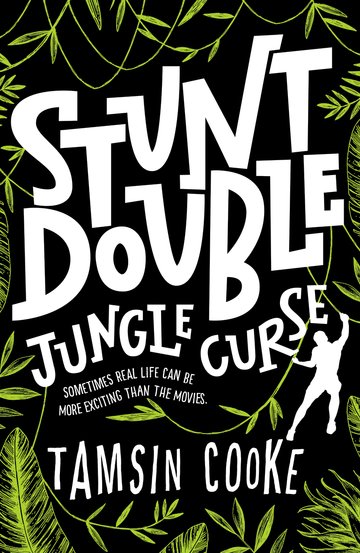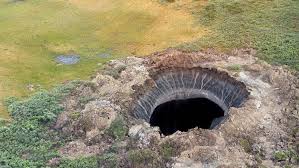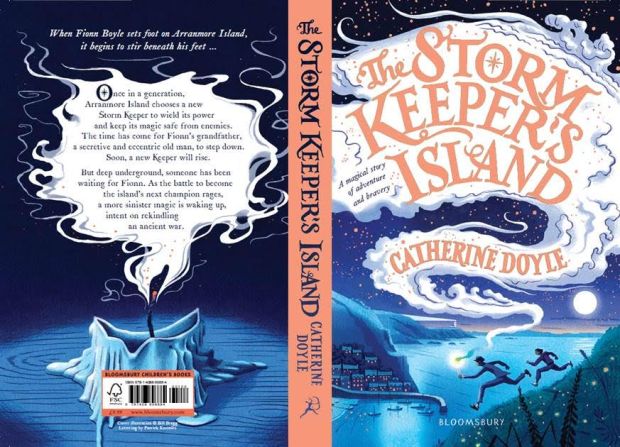To celebrate the recent publication of The Great Sea Dragon Discovery,
I’m absolutely delighted to welcome Pippa Goodhart to The Reader Teacher today!
Without further ado, here’s Pippa’s guest post ‘How the Books Get Made’ where she talks about answering one of the questions that children often ask at school visits ‘How is your book made?’ After seeing pictures of Pippa on Twitter seeing her book being made, this is a superb insight in to the often behind-the-scenes process…

Title: The Great Sea Dragon Discovery
Author: Pippa Goodhart (@pippagoodhart)
Publisher: Catnip Books (@catnipbooks)
Page count: 272
Date of publication: 5th July 2018
Series status: N/A
ISBN: 978-1910611081
Perfect for Year 5 & Year 6.
#3Words3Emojis:
1. Questions❔
2. Fossils 🐚
3. Curiosity 🤔
How the Books Get Made
By Pippa Goodhart
When I do school visits one of the questions that children often ask is, ‘How did you make the book?’ After a quarter of a century of writing, and over a hundred books published, with this book I have at last seen the books being made … and it’s an amazing and exciting sight.
Let’s take The Great Sea Dragon Discovery from start to finish –
It all began with me taking an interest in the history of my home village where, in the year after Darwin published his On the Origin of Species, coprolites were being mined and fossils of ancient creatures found. Bill began to grow as a character in my mind as I researched and wrote notes, then began writing my story. It probably took a couple of years of me working solo before there was a draft to show a publisher.
Then comes the publisher, with an editor to guide the reworking of the text, sales people to choose the title, and a designer to create the cover, so a handful of people many months.
But the actual ‘making of the book’, printing and binding happens astonishingly fast. At CPI Book Makers in Chatham they make more than 130 million books a year! How?
The book files are arranged so that the printing and folding of paper will place the text for each place in the correct place and the right way up for both sides of each page.
Large flexible sheets of steel are etched with the book’s text, making plates from which the book will be printed.
Vast rolls of paper made from Finnish trees are fed into a printing machine, cascading like a waterfall between the rollers that print on both sides of the paper at one. The machine then cuts and folds each ‘section’ of the book.
Meanwhile the colour printed card for the covers is printed elsewhere, printing four covers per sheet.
Book sections (in correct order!) are fed into the binding machine, as is the cover card. What follows produces 3,000 books in about twenty minutes. The compressed book pages are tipped onto their spines, then passed over rollers wet with hot glue. Those spines are stuck to the covers, and the back and front covers folded to encase the pages. At this stage, two books are together, head to head, as a single tall book with uncut pages. The next process saws that in half. Then each book is guillotined to cut the pages and give clean edges. The books are stacked and shrink wrapped and labelled, ready to be sent to the distribution centre.
Then come the lorry and fork lift truck drivers, the pickers and more who send the books into shops and libraries. There, bookshop staff and librarians select and display and recommend the book, bloggers review it, and people buy the book.
Only then does the book get into the hands of readers, and, as they read, into their heads. It’s quite a journey!
Picture credit: https://twitter.com/catnipbooks
Pippa Goodhart, author of The Great Sea Dragon Discovery

Picture credit: https://www.egmont.co.uk/books/author/4/pippa-goodhart
Pippa Goodhart is a popular author of over thirty children’s books including the Winnie the Witch series and A Dog Called Flow which was shortlisted for the Smarties Prize. Pippa Goodhart’s Raven Boy was in the 2015 Booktrust Read for My School packs, while Finding Fortune was picked for the 2015 Summer Reading Challenge. Pippa is a history graduate and a former teacher and bookseller. She lives in Cambridgeshire.
Find out more about Pippa at http://www.pippagoodhart.co.uk and connect with her on Twitter @pippagoodhart.
The Great Sea Dragon Discovery by Pippa Goodhart out now in paperback!
(£6.99, Catnip)
Connect with Pippa @pippagoodhart and Catnip @catnipbooks
Huge thanks to Laura and all at Catnip for sending me an advance copy of The Great Sea Dragon Discovery and inviting me to host Pippa’s guest post! Extra thanks to Pippa for taking the time to write her really insightful and informative guest post!
Mr E
📚
The Great Sea Dragon Discovery is available to order online or from any good book shop.








 So I am a planner and I’m proud. And I think planning a book is like planning a stunt. You need to ensure there’s a set up, everyone’s in the right place at the right time, there’s dramatic tension, and there are no holes in the story – just like you don’t want any holes in your safety equipment!
So I am a planner and I’m proud. And I think planning a book is like planning a stunt. You need to ensure there’s a set up, everyone’s in the right place at the right time, there’s dramatic tension, and there are no holes in the story – just like you don’t want any holes in your safety equipment!










 Originally, I had started to write this review after receiving an advance proof copy of this story back in May, before it had been chosen as Waterstones’ Children’s Book of the Month for July. It is safe to say that it is no surprise to me that it has proudly earned this accolade because it blows everything out of the water and far away across the sea.
Originally, I had started to write this review after receiving an advance proof copy of this story back in May, before it had been chosen as Waterstones’ Children’s Book of the Month for July. It is safe to say that it is no surprise to me that it has proudly earned this accolade because it blows everything out of the water and far away across the sea.

